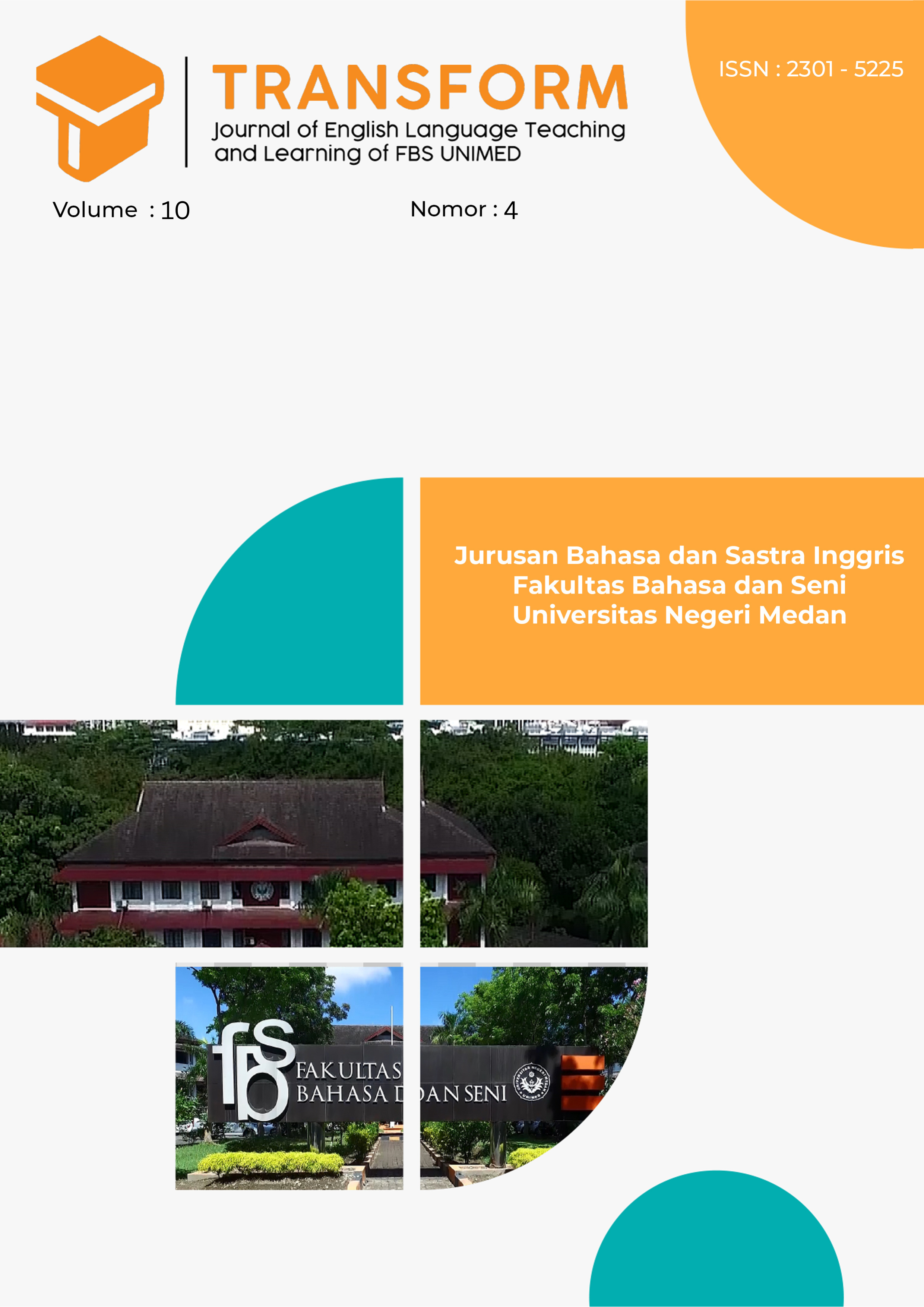Developing Instrument Evaluation in Teaching Reading Using KAHOOT Applicant for Senior High School
DOI:
https://doi.org/10.24114/tj.v10i4.44111Keywords:
Evaluation, Kahoot, ReadingAbstract
The purpose of this study is to find out how the feasibility of evaluation tools using KAHOOT application and how students respond to the evaluation tools to be developed. The research method used is research and development (R&D) method using the research model of test instrument development. Research instruments used in the form of tests and questionnaires. This research consists of five steps: 1) Gathering data and information, 2) Need analysis, 3) Developing the instrument evaluation, 4) Validating the product, 5) Revising product and presented as a final product. The average score for student works from the mean value from all aspects is 3.6. It could be concluded that the worksheet is categorized as œVery Good since the position of the mean value was in the interval 3.25 ≤ 𑥠≤ 4.00.Downloads
Published
14-03-2023
How to Cite
Auliyani, N., & Sumarsih, S. (2023). Developing Instrument Evaluation in Teaching Reading Using KAHOOT Applicant for Senior High School. TRANSFORM: Journal of English Language Teaching and Learning, 10(4), 166–177. https://doi.org/10.24114/tj.v10i4.44111
Issue
Section
Articles
License
Copyright (c) 2023 Nurhasanah Auliyani, Sumarsih Sumarsih

This work is licensed under a Creative Commons Attribution-ShareAlike 4.0 International License.
Authors who publish with this journal agree with the following terms:
- Authors retain copyright and grant the journal right of first publication with the work simultaneously licensed under a Creative Commons Attribution License that allows others to share the work with an acknowledgment of the work's authorship and initial publication in this journal.
- Authors are able to enter into separate, additional contractual arrangements for the non-exclusive distribution of the journal's published version of the work (e.g., post it to an institutional repository or publish it in a book), with an acknowledgment of its initial publication in this journal.
- Authors are permitted and encouraged to post their work online (e.g., in institutional repositories or on their website) prior to and during the submission process, as it can lead to productive exchanges, as well as earlier and greater citation of published work (See The Effect of Open Access).
- This work is licensed under a Creative Commons Attribution-ShareAlike 4.0 International License.








